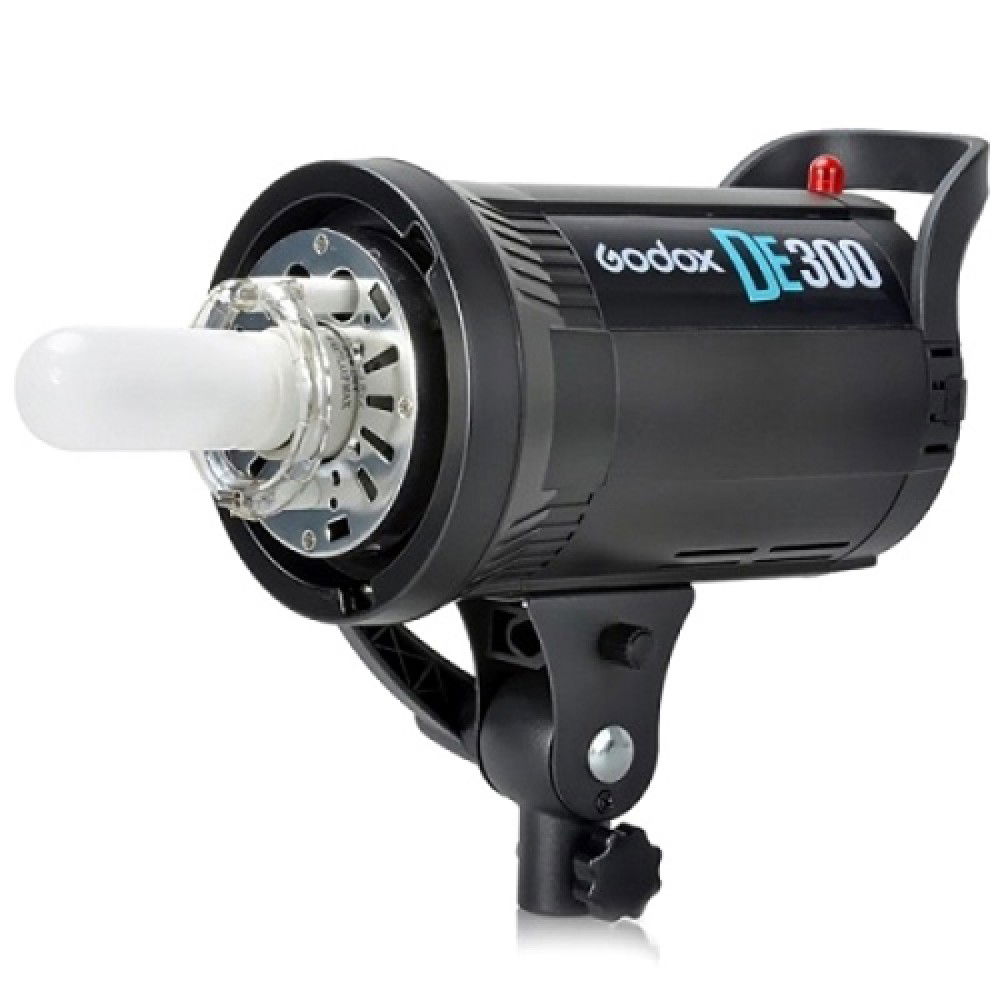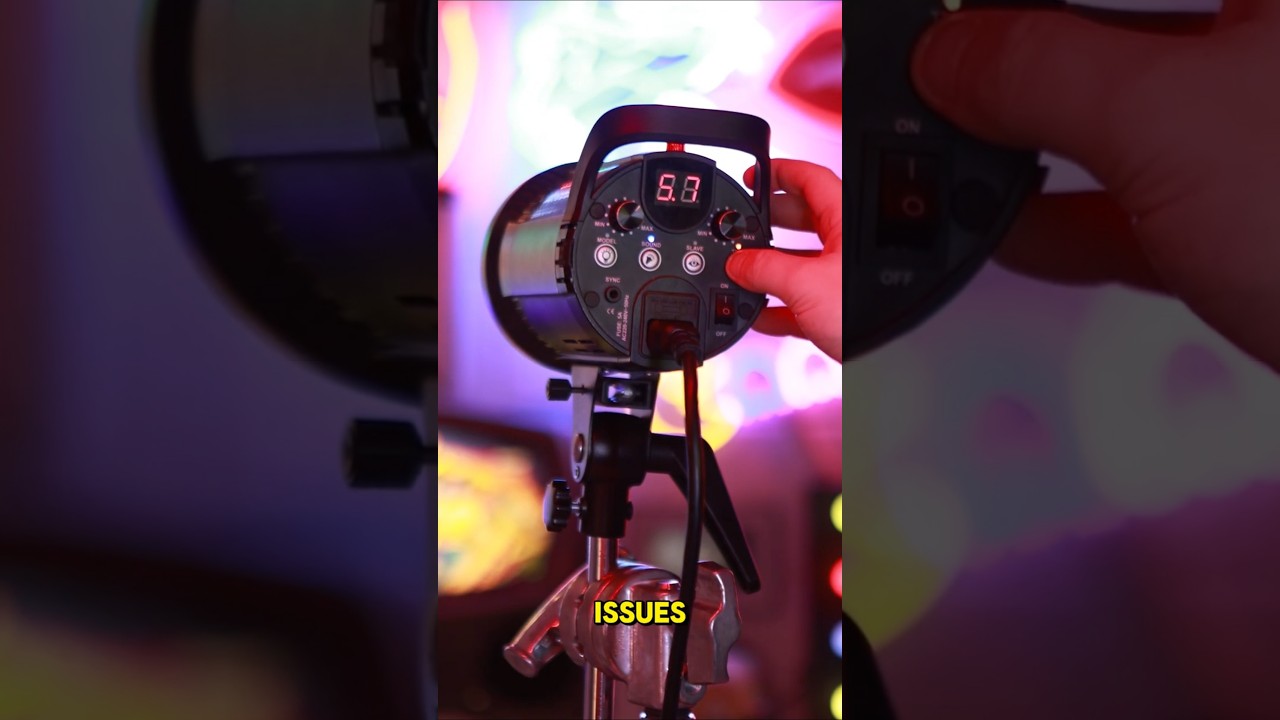One Minute 101’s – A Solid Step Up in Studio Lighting (With a Few Flaws)
The Godox DE300 Studio Photography Strobe
When I first opened Splash Point Photo, these strobes were our main lights - the backbone of the studio setup. I even bought a brand-new set to complement the ones I already owned. Some of my favourite and most-loved photos were taken with them. In reviews, however, they had a reputation for overheating, but in my experience, that was rare - usually just one rogue unit out of a batch of three. For the price, they were absolutely worth it.
That said, as I mentioned in yesterday’s blog, when things go wrong (and they will), knowing how to handle those hiccups is priceless. But when you're running a premium studio and offering a professional service, clients shouldn’t have to wait around for lights to cool down or tech to cooperate. Reliability becomes a non-negotiable.
So, I made the switch. I replaced them with a set of older Bowens units - not flashy or new, but solid, dependable workhorses, and with proper build quality. And when you're aiming to create a seamless, high-end experience, that kind of consistency makes all the difference.
Picture the scene: a few years back, you could pick up a full three-light digital studio kit, and with Bowens S-fit mounts, no less - for just £250. That setup gave you access to a whole world of professional modifiers like softboxes and beauty dishes, and honestly, it was brilliant array of flexibility for the price. Those kits often included the Godox DE300s, which, at the time, were a bit of a hidden gem - powerful, affordable, and perfect for getting started.
Unfortunately, in a busy working studio like ours, they’ve started to show their limits. These days, we do find they overheat more often too, so we tend to keep them as backup units. They're great for covering the odd breakage or for those rare occasions when we’re running several or more lights on a single set up.
That said, Godox clearly took the feedback on board and has since updated the DE300 line with newer models that include built-in cooling fans. And while we’ll dive deeper into the pros and cons of mixing different branded lights in a future 101 blog (spoiler: it’s not always a disaster), it’s something to be mindful of as your kit grows.
As technology moves on, so do budget strobe options, and every year, more and more companies are entering the game, and they are pushing the quality forward, even at the lower price points.

Let’s address the elephant in the room that isn’t in our 101 video - the modelling bulb. You’ll see the large, circular strobe bulb (that’s the powerful one), but running through the centre is the more traditional-looking screw-in bulb - that’s the modelling light.
Modelling bulbs come in all shapes and sizes, while strobe bulbs, though they vary, are typically circular or 'U' shaped. These days, modelling lights can be as compact as an LED panel, which is far less intrusive, but in the case of the DE300's, I actually removed ours. And for good reason, because they get in the way when I want to use gels - those thin coloured plastic filters you might remember from theatre lighting.. and don’t worry, we’ll also cover them in a future video! Having a bulky modelling bulb right in the middle makes it much harder to place them neatly inside a softbox, so for the sake of flexibility and simplicity, out they went.

What does the modelling light do?
Modelling lights really serve two main purposes. First, for newer photographers, they’re a great visual aid - they will help you see the direction of light and how it’s casting shadows on your subject’s face in real time. These are known as lighting patterns.. and yep, we'll cover that too, in upcoming videos.
What they don’t do, however, is show you the true quality of light that the strobe will produce. Since modelling bulbs are soft and low-powered, they can’t replicate the intensity or crispness of a strobe flash. That’s why their primary purpose is actually much more simple: to help your camera focus in dark environments. Before mirrorless cameras came along with their near-supernatural low-light capabilities for focusing, DSLR cameras needed a bit of light to lock focus on some contrast. And because photography studios are often kept quite dark (to prevent ambient light from affecting your exposure), the modelling light stepped in as the solution.
Most modern strobes are smart enough to temporarily switch off the modelling bulb during the actual strobe flash, helping eliminate ambient spill and ensuring you get a nice, sharp exposure, but in all honesty, it's very rare that anything other than intense ambient light will have any baring on strobe lit photography, because they're just so damn powerful!
